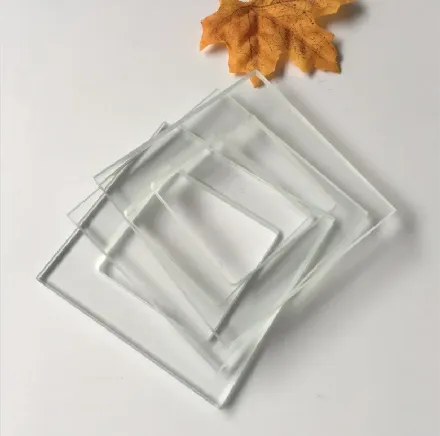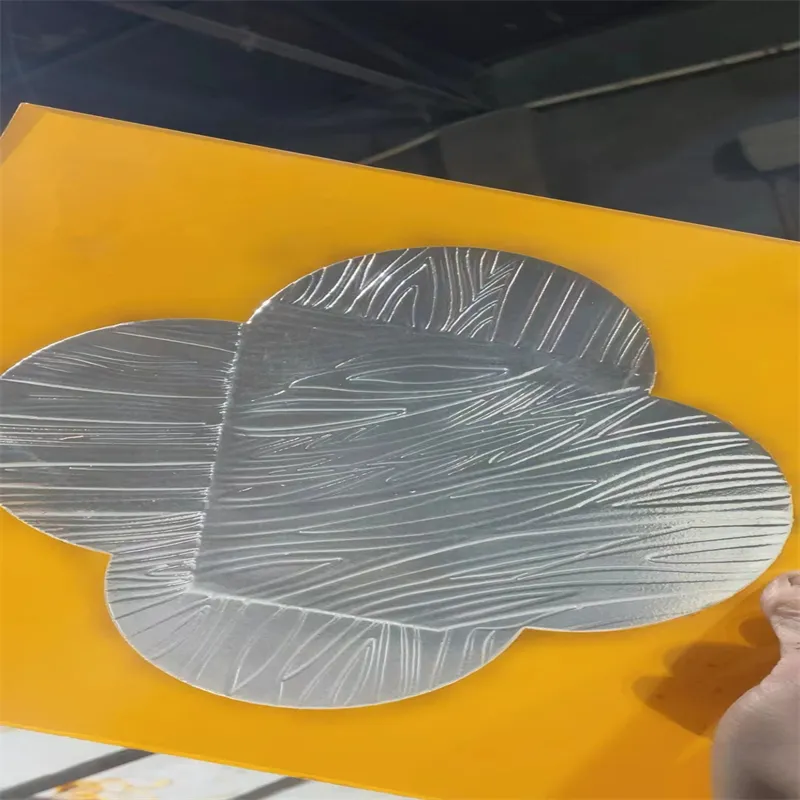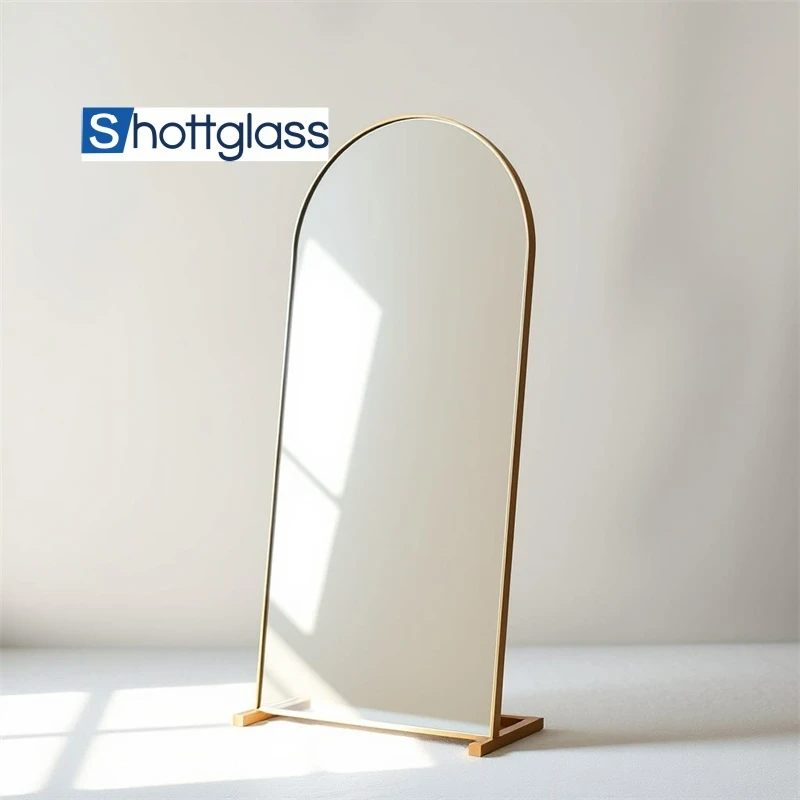Jul . 05, 2025 04:46 Back to list
Blue Tinted Glass for Modern Architecture Frosted & Reflective Blue Glass Supplier
- Introduction to Blue Tinted Glass: A Modern Architectural Solution
- Technical Innovations and Material Advantages
- Price Comparison and Manufacturer Analysis
- Customization Options for Specific Project Needs
- Notable Application Cases Across Industries
- Performance Metrics: Energy Ratings and Sustainability
- Conclusion: The Future of Blue Tinted Glass in Building Design

(blue tinted glass)
Introduction to Blue Tinted Glass for Contemporary Designs
Blue tinted glass has become a preferred choice for architects and designers pursuing modern aesthetics combined with advanced functionality. This specialized glass, which features a subtle blue hue, not only enhances the exterior appearance of commercial structures but also provides practical benefits for residential projects. With the growing demand for energy-efficient and visually striking building materials, products such as blue frosted glass and blue reflective glass have gained traction in both global and niche markets. According to a 2023 industry report, the international tinted glass market is projected to surpass USD 18 billion by 2027, driven by surging urbanization, the emphasis on eco-friendly construction materials, and stricter energy performance standards.
Technical Innovations and Material Advantages
The popularity of blue tinted glass
is rooted in its innovative manufacturing processes and unique benefits. Modern blue tinted glass is produced through the addition of metal oxides during the float glass process, resulting not only in color but also in improved solar control properties. Advanced blue frosted glass combines decorative appeal with privacy, making use of acid etching or sandblasting to create a matte appearance that diffuses light while maintaining a cool, blue aesthetic.
The technical advantages of blue tinted glass include:
- Reduced Solar Heat Gain: Blue tints can decrease solar heat transmission by up to 40%, reducing the burden on HVAC systems.
- UV Protection: Such glass blocks more than 85% of UV radiation, protecting interiors from fading.
- Improved Glare Control: The tint minimizes glare inside offices and homes, enhancing comfort.
- Enhanced Durability: Blue reflective and frosted glass options often receive additional coatings for scratch-resistance and better longevity.
Price Comparison and Manufacturer Analysis
The cost of blue tinted glass varies based on manufacturing origin, coating technology, and bulk ordering capabilities. Manufacturers compete not only in terms of pricing, but also in quality certifications, lead times, and after-sales support.
Below is a comparative table summarizing key differences between leading suppliers (prices are indicative for 2024 and quoted per square meter):
| Manufacturer | Product Type | Blue Reflective Glass Price | Blue Frosted Glass Price | Thickness Range | Certification | Minimum Order (sqm) |
|---|---|---|---|---|---|---|
| Asahi Glass Co. | Float + Reflective Coating | $21.20 | $25.80 | 4mm–12mm | CE, ISO9001 | 100 |
| Saint-Gobain | Solar Control Tinted | $22.00 | $27.50 | 5mm–10mm | CE, LEED | 150 |
| Jinjing Group | Reflective + Frosted | $19.50 | $23.70 | 6mm–12mm | ISO14001, RoHS | 200 |
| Guardian Glass | High Performance Blue | $23.60 | $26.80 | 4mm–10mm | CE, EN410 | 120 |
Across the market, blue reflective glass is generally priced between $19.50 and $23.60 per sqm, while blue frosted glass ranges from $23.70 to $27.50 per sqm. With ongoing R&D and scale economies, several suppliers have begun to offer specialized coatings and larger sheet options to accommodate high-rise projects and bespoke architectural requirements.
Customization Options for Specific Project Needs
Blue tinted glass is highly adaptable to different architectural demands. Manufacturers provide extensive customization, including sizing, thickness, edge processing (e.g., polished, beveled), and a range of blue shades. Projects can specify glass designed for increased impact resistance, enhanced security (laminated blue glass), or double glazing for improved insulation.
For instance:
- Color Matching: Clients can select from soft sky blue to deeper cobalt hues, ensuring consistency with design vision.
- Pattern and Finish: Frosted, etched, or textured surfaces are available for privacy walls, office dividers, and decorative panels.
- Energy Performance: Incorporation of low-e coatings or integration with photovoltaic surfaces to meet green certifications.
- Shape and Size: Custom cutting, drilling, and tempering allow seamless integration into complex curtain wall systems or artistic installations.
Notable Application Cases Across Industries
Blue tinted glass has found success in a wide variety of high-profile projects, demonstrating its versatility beyond standard façade installations. Its combination of performance and aesthetics suits commercial towers, hospitality venues, institutional buildings, and premium residential complexes.
Case Study A: The Sapphire Tower, Dubai
Utilized 23,000 sqm of blue reflective glass (8mm), achieving annual HVAC energy savings of 19% compared to traditional clear glass.
Case Study B: Oceanic Research Institute, Singapore
Incorporated blue frosted glass throughout laboratory partitions for both solar control and privacy compliance, while maintaining daylighting. The project received LEED Gold certification due to its overall energy efficiency.
Case Study C: Diamond Plaza, London
Used bespoke laminated blue tinted glass panels as a branding element and for thermal performance; received RIBA National Award in 2022 for architectural excellence.
These cases underline the design flexibility, environmental advantages, and branding opportunities associated with blue tinted glass solutions.
Performance Metrics: Energy Ratings and Sustainability
Performance data substantiates the green claims associated with blue tinted glass. Independent laboratory tests indicate that solar heat gain coefficients (SHGC) for high-performance tinted glass products range from 0.23 to 0.32, representing a 25–40% reduction compared to conventional clear float glass (SHGC 0.40+). Visible light transmission, depending on thickness and coatings, typically remains within 40–60%, balancing interior comfort and external appearance.
Sustainability metrics are equally compelling:
- Embodied Carbon: Blue tinted glass possesses lower embodied carbon due to recycled content and streamlined float processes, with lifecycle analyses showing up to 18% emissions savings versus standard glass products.
- Recyclability: Over 95% of blue tinted glass offcuts and end-of-life panels are recyclable, supporting circular economy practices in the construction sector.
- Certification: Multiple blue tinted and blue frosted glass products comply with international standards, facilitating LEED and BREEAM credits.
Conclusion: The Future of Blue Tinted Glass in Building Design
As global urban landscapes evolve, blue tinted glass is forecast to play a defining role in the ongoing transformation toward sustainable, high-performance architecture. Its adaptability, proven energy savings, and signature aesthetic render it an essential specification for forward-thinking developers and architects. In the context of rising material innovation, competitive blue reflective glass prices, and a robust pipeline of custom solutions, this material is poised not only as a contributor to energy-smart buildings but also a symbol of contemporary architectural identity.
Looking ahead, research is pushing the boundaries through integration with smart glass technologies—such as dynamic tints and embedded photovoltaic capabilities—promising the next leap in performance, comfort, and environmental responsibility.

(blue tinted glass)
FAQS on blue tinted glass
Q: What is blue tinted glass used for?
A: Blue tinted glass is commonly used in buildings and vehicles to reduce glare and control heat. It also adds a decorative blue hue for aesthetic purposes. This type of glass helps improve energy efficiency.Q: How does blue frosted glass differ from regular blue tinted glass?
A: Blue frosted glass has a matte, translucent finish for added privacy while still letting in light. Regular blue tinted glass is transparent with a subtle blue shade. Both are used for décor, but frosted glass offers more privacy.Q: What factors affect the blue reflective glass price?
A: The price of blue reflective glass depends on thickness, size, and coating technology. Bulk orders or custom shapes may also affect the final cost. Location and supplier influence pricing as well.Q: Is blue tinted glass suitable for energy efficiency?
A: Yes, blue tinted glass can improve energy efficiency by reducing heat gain and UV penetration. This helps lower cooling costs in buildings or cars. Its reflective properties also enhance thermal comfort.Q: Can blue frosted glass be used in bathrooms?
A: Absolutely, blue frosted glass is ideal for bathrooms due to its privacy and stylish appearance. It can be used for shower enclosures, windows, or partitions. Its blue tint adds a calming, modern touch.-
Types of Reflective Glass
NewsNov.17,2025
-
What Is Dichroic Glass?
NewsNov.17,2025
-
Smart LED mirrors can have touch controls
NewsNov.17,2025
-
Laminated glass improves energy efficiency
NewsNov.17,2025
-
Insulated glass enhances building comfort
NewsNov.17,2025
-
Acid etched glass offers elegant privacy
NewsNov.17,2025
Related PRODUCTS














